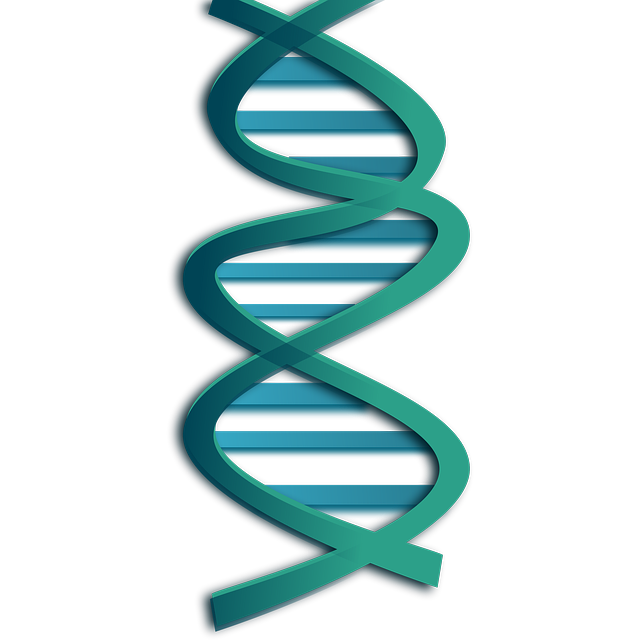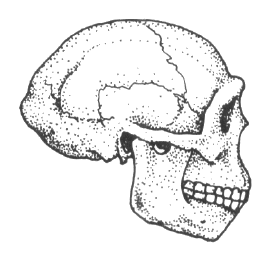Conventional wisdom says dogs weren’t domesticated until the time of Egypt. Think Cleopatra and her cat. But, I’m convinced from the day man became smart enough to realize other animals didn’t always wish him well and survival was more than eating, sleeping and living, he has sought out a companion he could trust without doubt, who believed in him without question and followed him through good and bad.

Ump
Lyta might not have called it ‘dog’, but she found that in Ump. She met him after she became separated from her group by a massive earthquake, precipitated by an asteroid’s collision with her habitat and followed by seering fires that destroyed her homeland. Here’s how Otto showed their first meeting:
Below her lay a Canis, tail flopped to his side, pinned under a tree limb. A gash cut his heaving chest. Lyta dropped to the ground and approached with caution. Never had she been so close to this animal. Even supine, his muscles rippled as though prepared to flee. His great jaw sprouted sharp canines and massive grinding teeth. His fur stuck out from his trapped body in tufts like coarse wild grass. The one exposed eye—dark and small, like Snarling-dog (a coyote-like creature from the Pleistocene)—latched onto hers. The great pink tongue hung loose from his mouth, bobbing up and down in rhythm with his labored pant. The dirty tail gave a tired whomp.
Lyta studied the blood caked into his fur and dried over his ribcage like a big red leaf. Why was he here? She had seen him as he fled the fires, well ahead of the panicked herds of animals.
“Why, animal?” She asked, “What brought you back?”
As though he understood, his black lidded eye focused up and over to the side. There, a dead female lay with her pup, both crushed beneath a fallen limb. The canis refused to leave his mate, not understanding she would never again run with him through the fragrant grasslands. His loyalty benefited neither, but common sense had nothing to do with his decision.
Lyta pulled an herb from neck sack and chewed it to a pulp. “You’re going to be OK,” she soothed as she gently removed the branch from Canis’ wounded ribs and pasted a layer of mulched herbs over the wound, followed by long-fibered leaves. She worked slowly and with care, watching his face for pain or discomfort.
“This will make you feel better,” and she plastered mud over the leaves. That done, she groomed the animal with her fingers until the caste dried and stiffened.
“Get up,” she whispered as gently as possible. “You must leave. I must leave.”
He stumbled to his feet, wobbled over to his dead mate and plopped to the ground. He nuzzled his great head into the female’s neck while one paw reached out for the pup, barely old enough to have known the rich life of Pliocene Africa. A pained sigh escaped the Canis’ ragged jaw.
“I understand, Canis. I too lost a pairmate. I lived. You will, too.”
Lyta spoke with calm assurance. She knew he couldn’t understand her words, so why did he look at her as though he appreciated what she said? She rose and crossed over to a tiny waterhole, not much more than a seasonal puddle. She slurped her fill, wiped an arm across her mouth and trudged to the edge of the ‘camp’. She shouted, not because she expected an answer, but to hear her echo. There was none. She turned to her left and shouted again. Still nothing. She repeated this a third time, and her voice came back.
“I must go that way. If I find Smoking Mountain, I find my way home.”
The Canis watched her and then snorted out a baleful sigh. He seemed to have arrived at a decision. He limped toward Lyta, sat on his injured haunch and huffed his thanks. His one good eye filled with warmth and trust: He lost his family and she would be the replacement.
“We must go. You to your kind,” and she motioned toward the burnt remnants of the savanna, “and I to mine,” pointing down toward the lost world of yesterday. Lyta gestured toward the fires and the gash in the land, and signaled the immediacy of their need to depart. Canis wagged his dirty tail like a branch sweeping against the ground.
Lyta waited a few moments and tried again. “We must go.”
Canis bobbed his head in agreement and plodded over to the waterhole. The smell of sulfur overwhelmed every other scent. She had little faith that even the Canis’ strong sense of smell could pick out the damp, fresh aroma water gave off. His oversized head dipped into the tepid water, and he slurped up wet and mud in equal parts. He paused, glanced back at his family and took another drink.
Lyta set out on her journey home. If Raza no longer wanted her, she would take Voi… maybe stick-that-kills… and return to her brother. She glanced back to assure herself the Canis would go his way. He crouched, head nestled between his muddy paws, and stared after her. She ignored him as she marched homeward. when she again peeked back, he remained unmoving, gaze fixed on her.
“Canis. You must go. You aren’t safe alone.”
A mewl escaped his grinning snout.
He’d probably stay at his mate’s side and die unless Lyta did something. She jerked her head. In an instant, he trotted at her side, tail brushing happily against her thigh, his steady breathing setting a rhythm to their movements.
“So you want to join my pack. See if you can keep up.”


















 The robot is helping the researchers explore how the brain responds to its environment while the body is in motion. What they discover could lead to machines that are better able to navigate through cluttered environments.
The robot is helping the researchers explore how the brain responds to its environment while the body is in motion. What they discover could lead to machines that are better able to navigate through cluttered environments.























